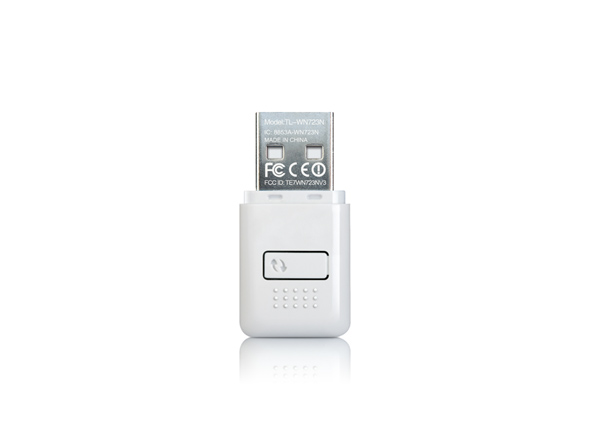USB port types and names
USB WiFi Adapter 1200Mbps for PC, Techkey Mini Wireless Network Adapter USB 3.0 WiFi Dongle 802.11 ac with Dual Band 2.42GHz/300Mbps, 5.8GHz/866Mbps for Desktop Laptop Windows XP/7/8/8.1/10/ Mac OS 4.4 out of 5 stars 325. NETGEAR A6150-100PAS Wi-Fi USB Adapter - AC1200 Dual Band. Wireless Data Rates: Up to 1.2Gbps Standards: IEEE 802.11 b/g/n 2.4 GHz IEEE 802.11 a/n/ac 5.0 GHz System Requirements: Windows OS or Mac OS computer USB 1.1 / USB 2.0 compatible Microsoft Windows 7, 8, 10: (32 / 64-bit) Mac OS 10.910.13 Features: Dual Band Wi-Fi Speed up to 1200 Mbps - 300 / 867 Mbps Works with 802.11. Our 802.11n Wi-Fi USB adapter for Apple Mac is a wireless mini wireless USB adapter specially developed for Mac OS. It is compatible with: OS 10.4 Tiger OS 10.5 Leopard OS 10.6 Snow Leopard OS 10.7 Lion OS 10.8 Mountain Lion OS 10.9 Mavericks OS.
- After purchasing a Wireless Dual Band adapter from Amazon and trying to use it on my Mac, I ran into the issue of having no CD drive to get the drivers onto my 2015 Macbook Pro. Thankfully, the seller was quick to respond and provide a digital file with the relevant drivers. Linux Driver – Continue reading WiFi USB Adapter Drivers (OSX/Mac, Linux, and Windows).
- Enjoy the videos and music you love, upload original content, and share it all with friends, family, and the world on YouTube.
USB (Universal Serial Bus) is an industry standard for connecting computers and other devices. It's available with many types of ports, and each type has a unique shape. On Mac computers, USB is available with these ports, depending on your Mac model:
USB-A

Type USB-A ports are commonly called USB, USB 2, or USB 3 ports, depending on the USB specification they support. They aren't reversible, so a USB-A connector plugs into the port only when oriented correctly.
USB-C
Type USB-C ports are available as either standard USB-C ports or Thunderbolt 3 ports that also support USB-C connections. They both look the same, and the connector plugs into the port in either orientation.
Learn more about identifying the ports on your Mac, as well as the adapters and cables you can use to connect older devices to type USB-C ports.
USB specifications
USB specifications are important primarily when you want the most speed and power for your USB device, or your device needs more power or is using too much power. Every USB port supports a particular USB specification, which determines the port's maximum>USB specifications on MacData transferPowerUSB 3.1 Gen 2
Also known as USB 3.2 Gen 2
Up to 10 GbpsUp to 15W at 5VUSB 3.1 Gen 1
Also known as USB 3.2 Gen 1 or USB 3
Up to 5 GbpsUp to 900 mA at 5VUSB 2.0
Up to 480 MbpsUp to 500 mA at 5VUSB 1.1
Up to 12 MbpsUp to 500 mA at 5V
To learn which specification is supported by a type USB-A or type USB-C port on your Mac model:
- Choose Apple menu > About This Mac, click Support, then click Specifications.
- Check the System Information app for more details, including about USB devices connected to USB ports on your Mac. Select USB in the sidebar, then select a USB bus on the right.
What Wireless Usb Adapter For Macbook Pro


Get the best performance from your USB devices
USB specifications all work with each other, but speed and power are limited by the cable or device that uses the earliest specification. For example, if you connect a USB 3 device to USB 2 port, your device is limited to USB 2 speeds, and it can't draw more power from the port than can be delivered over USB 2. In other words, to get the best performance, make sure that the USB port on your Mac and the USB cable to your device meet or exceed the USB specification of the device itself.
If your Mac doesn't recognize a USB device after you plug it into your Mac:
- Check all connections: Unplug the device from your Mac, then plug it back in, and make sure that all cables and adapters are securely connected at both ends. Test with another cable or adapter, if available.
- Plug the device directly into your Mac instead of a USB hub or other device, and if necessary test with a different USB port on your Mac or device.
- Some devices need their own software, such as drivers or firmware. Others work without additional software. Check with the maker of your device, and install all available Apple software updates as well.
- If your device came with an AC power adapter, use it. Some devices can be powered by the USB port on your Mac. Others need more power than your Mac can provide.
- Restart your Mac.
Learn more
Wifi Adapter For Mac
- USB 3 devices can create wireless interference that affects Wi-Fi and Bluetooth devices. Learn how to resolve Wi-Fi and Bluetooth issues caused by wireless interference.
- Mac notebook computers with USB-C or Thunderbolt 3 can charge over that port using a compatible USB-C power adapter and cable.